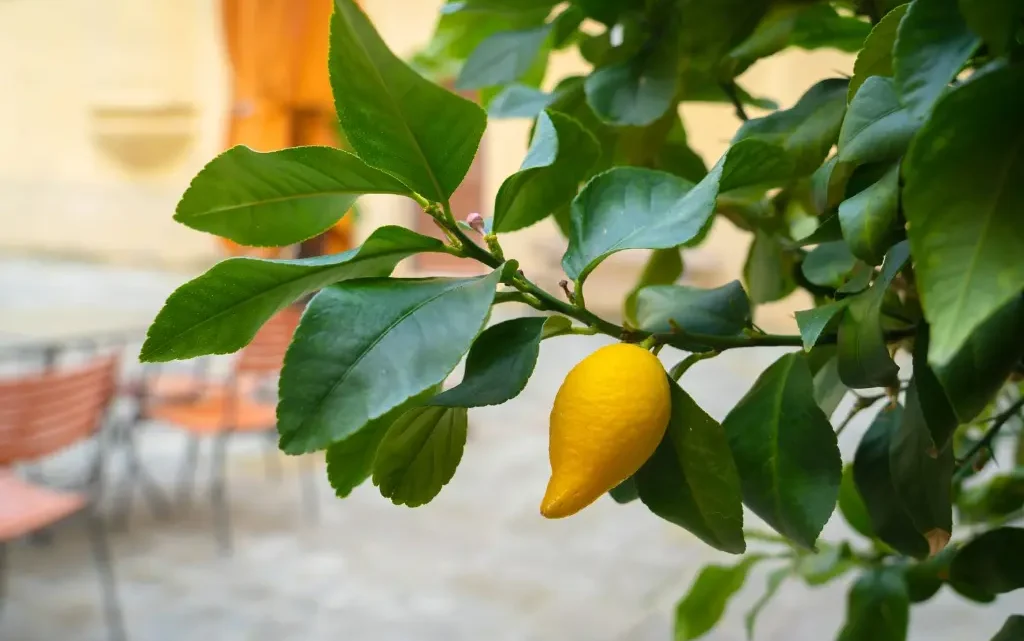
A Complete Guide Growing Lemon Tree from Seeds
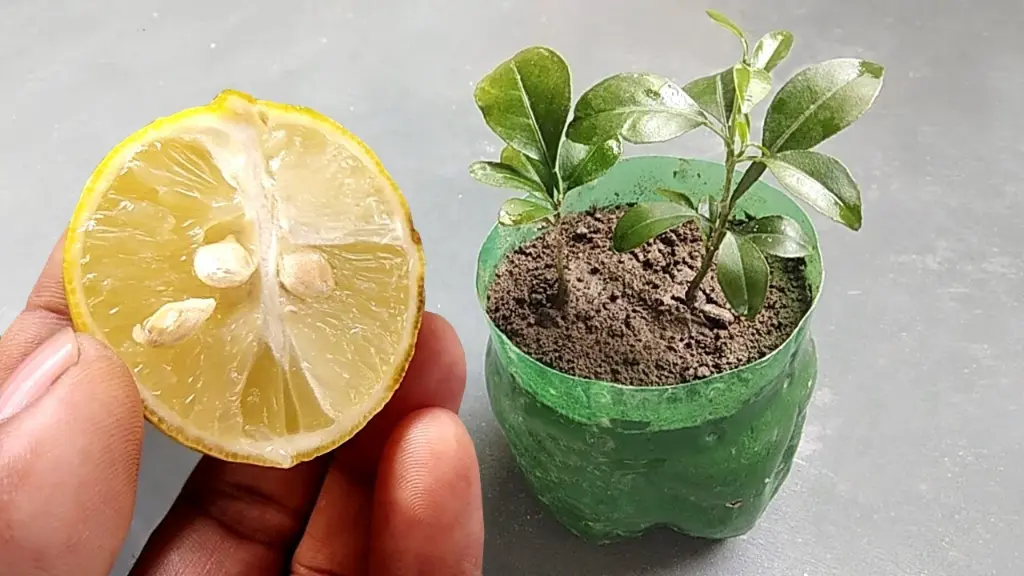
Lemons are not only a refreshing addition to various dishes and drinks but also a delightful plant to grow at home. Planting lemon seeds can be a rewarding experience, allowing you to cultivate your citrus tree from scratch. This comprehensive guide will take you through each step of the process, from selecting the right seeds to nurturing your lemon tree to full growth.
Understanding Lemon Tree Basics
Before diving into the planting process, it’s essential to understand some basic facts about lemon trees:
- Botanical Name: Citrus limon
- Family: Rutaceae
- Climate: Prefers subtropical to tropical climates
- Sunlight: Full sun
- Soil: Well-draining, slightly acidic soil
Selecting the Right Lemon Seeds
Not all lemon seeds are created equal. To increase your chances of success, follow these tips:
- Choose Organic Lemons: Organic lemons are less likely to have been treated with chemicals that can hinder seed germination.
- Select Fresh Seeds: The fresher the seed, the better the germination rate. Use seeds from a recently cut lemon.
Preparing the Seeds
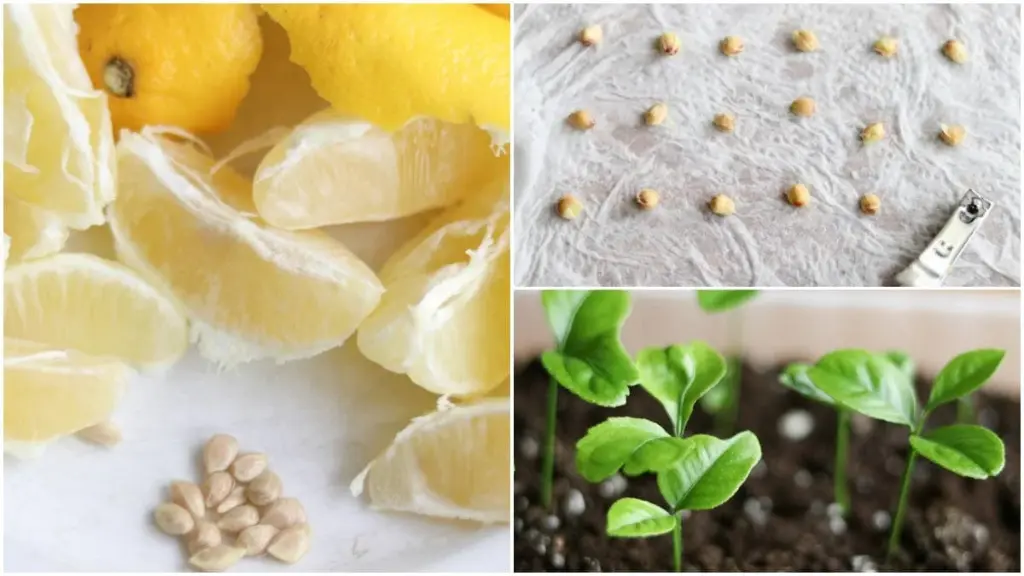
Proper preparation of the seeds is crucial for successful germination.
Step-by-Step Seed Preparation
- Extract Seeds: Carefully cut open a fresh lemon and remove the seeds. Avoid damaging the seeds during extraction.
- Clean Seeds: Rinse the seeds under lukewarm water to remove any pulp or juice residue. This step prevents mold growth during germination.
- Peel the Seeds: For faster germination, gently remove the outer seed coat. Be careful not to damage the inner seed.
Germinating the Seeds
There are two primary methods for germinating lemon seeds: paper towel method and direct soil planting.
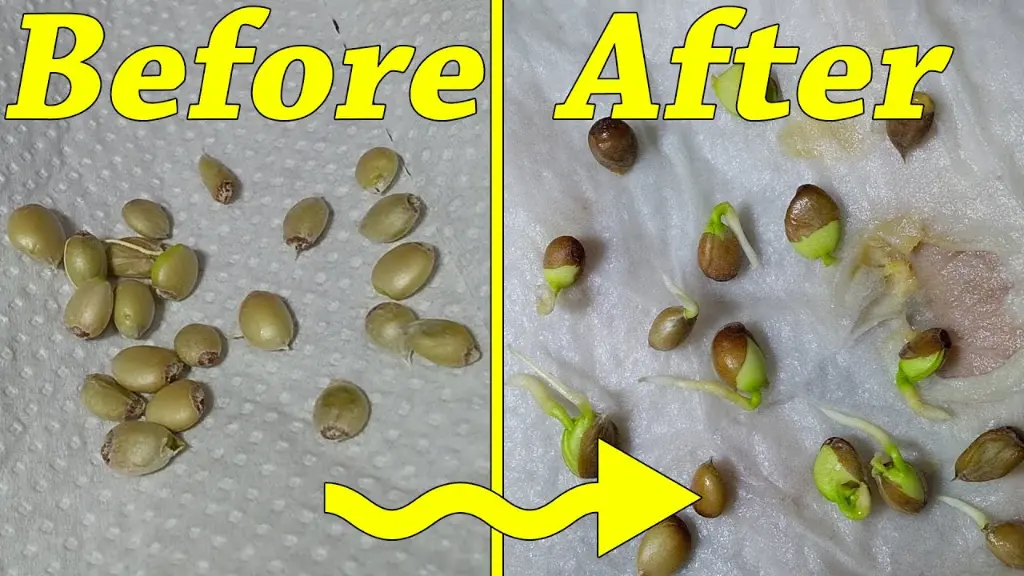
Paper Towel Method
- Dampen a Paper Towel: Moisten a paper towel with water. It should be damp but not soaking wet.
- Place Seeds on Towel: Arrange the cleaned seeds on the paper towel, leaving space between each seed.
- Fold and Store: Fold the paper towel over the seeds and place it in a plastic bag. Seal the bag to maintain moisture.
- Warm Location: Store the bag in a warm, dark place, such as on top of a refrigerator. Check the seeds periodically for germination.
Direct Soil Planting
- Prepare Pot: Fill a small pot with well-draining potting soil.
- Plant Seeds: Plant the cleaned seeds about half an inch deep in the soil.
- Water: Lightly water the soil to keep it moist but not waterlogged.
- Cover: Cover the pot with plastic wrap to retain moisture and warmth.
- Place in Warm Area: Place the pot in a warm, sunny spot.
Transplanting Seedlings
Once the seeds have germinated and sprouted, it’s time to transplant the seedlings into a larger pot or directly into the garden.
Transplanting Steps
- Wait for True Leaves: Wait until the seedlings have developed at least two true leaves before transplanting.
- Prepare Larger Pot: Fill a larger pot with well-draining soil mixed with compost.
- Transplant Seedlings: Carefully transplant each seedling into the larger pot, ensuring not to damage the roots.
- Water Thoroughly: Water the transplanted seedlings to help them settle in their new pot.
Caring for Your Lemon Tree
Proper care is essential for the growth and health of your lemon tree.
Watering
- Frequency: Water the tree regularly, keeping the soil consistently moist but not waterlogged.
- Amount: Water deeply to encourage deep root growth.
Sunlight
- Full Sun: Lemon trees require at least 8 hours of direct sunlight daily.
Fertilizing
- Type: Use a citrus-specific fertilizer or a balanced, slow-release fertilizer.
- Frequency: Fertilize every 4-6 weeks during the growing season (spring and summer).
Pruning
- Purpose: Prune to shape the tree, remove dead or diseased branches, and encourage healthy growth.
- Timing: Prune in early spring before new growth starts.
Dealing with Pests and Diseases
Lemon trees can be susceptible to various pests and diseases. Regular monitoring and prompt treatment are crucial.
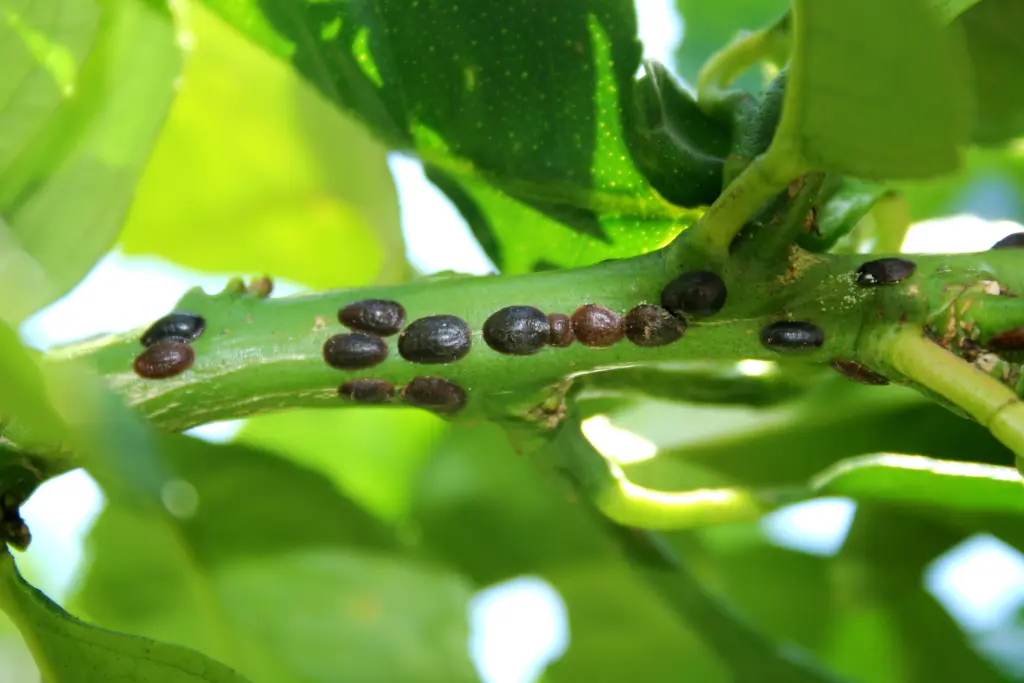
Common Pests
- Aphids: Small, sap-sucking insects. Use insecticidal soap or neem oil.
- Spider Mites: Tiny, web-spinning pests. Use miticides or introduce beneficial predators like ladybugs.
- Scale Insects: Hard-shelled insects that attach to stems and leaves. Use horticultural oil or scrape them off by hand.
Common Diseases
- Root Rot: Caused by overwatering. Ensure well-draining soil and avoid waterlogged conditions.
- Leaf Spot: Fungal disease causing spots on leaves. Remove affected leaves and apply fungicide.
Harvesting Lemons
It can take several years for a lemon tree grown from seed to produce fruit. Be patient and attentive to your tree’s needs.
Harvesting Tips
- Wait for Ripeness: Lemons are ready to harvest when they turn fully yellow.
- Use Pruners: Use sharp pruners to cut the fruit from the tree, leaving a small stem attached to the lemon.
- Store Properly: Store harvested lemons in a cool, dry place.
Seasonal Care Guide for Lemon Trees
Here’s a handy seasonal guide to help you manage your lemon tree care throughout the year:
| Month | Planting | Watering | Fertilizing | Pruning | Pest Control |
|---|---|---|---|---|---|
| Jan | No | Moderate | No | No | Inspect |
| Feb | No | Moderate | No | No | Inspect |
| Mar | Yes | Increase | Yes | Yes | Monitor |
| Apr | Yes | Regular | Yes | Yes | Monitor |
| May | Yes | Regular | Yes | Yes | Monitor |
| Jun | No | Regular | Yes | Yes | Inspect |
| Jul | No | Regular | Yes | Yes | Inspect |
| Aug | No | Regular | Yes | Yes | Inspect |
| Sep | No | Decrease | Yes | No | Monitor |
| Oct | Yes | Moderate | Yes | No | Monitor |
| Nov | Yes | Moderate | No | No | Inspect |
| Dec | No | Moderate | No | No | Inspect |
Tips for Indoor Lemon Trees
Growing lemon trees indoors can be a bit more challenging, but with the right care, it’s entirely possible.
Indoor Care Tips
- Light: Place the tree near a south-facing window to ensure it receives ample sunlight.
- Humidity: Maintain higher humidity levels by misting the leaves or using a humidifier.
- Potting: Use a large pot with adequate drainage to prevent root rot.
- Pollination: Indoor trees may need hand pollination. Use a small brush to transfer pollen between flowers.
Troubleshooting Common Issues
Even with the best care, you may encounter some issues with your lemon tree. Here’s how to troubleshoot common problems:
Yellowing Leaves
- Cause: Often due to overwatering, nutrient deficiencies, or lack of sunlight.
- Solution: Adjust watering schedule, check for proper drainage, fertilize if needed, and ensure adequate sunlight.
Leaf Drop
- Cause: Can result from sudden temperature changes, overwatering, or pests.
- Solution: Maintain stable temperatures, adjust watering habits, and inspect for pests.
Slow Growth
- Cause: May be due to poor soil quality, lack of nutrients, or insufficient light.
- Solution: Improve soil quality with compost, fertilize regularly, and provide adequate sunlight.
Patience and Persistence
Growing a lemon tree from seed requires patience and dedication. It may take several years before your tree starts to bear fruit, but the satisfaction of nurturing your tree from seed to harvest is worth the wait.
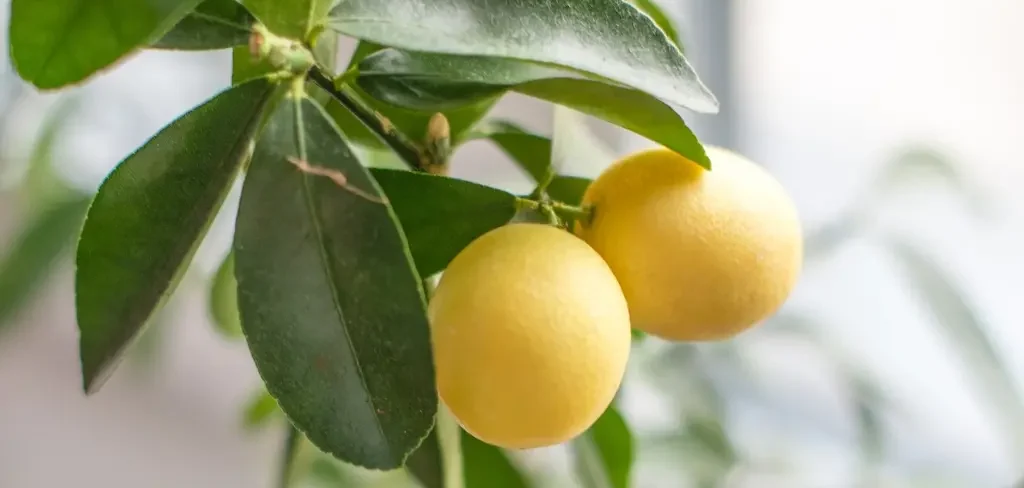
Planting and growing lemon seeds can be a fulfilling gardening endeavor. By following this comprehensive guide, you’ll be well on your way to cultivating a healthy and productive lemon tree. Remember to be patient, as citrus trees take time to mature, but with proper care and attention, your efforts will be rewarded with fragrant blossoms and delicious lemons.
Happy gardening!
Additional Resources
For more information on lemon tree care, consider the following resources:
- Local gardening clubs and societies
- Online gardening forums and communities
- Books and articles on citrus cultivation
Feel free to share your own tips and experiences with growing lemon trees in the comments below. Happy planting!



